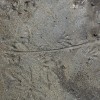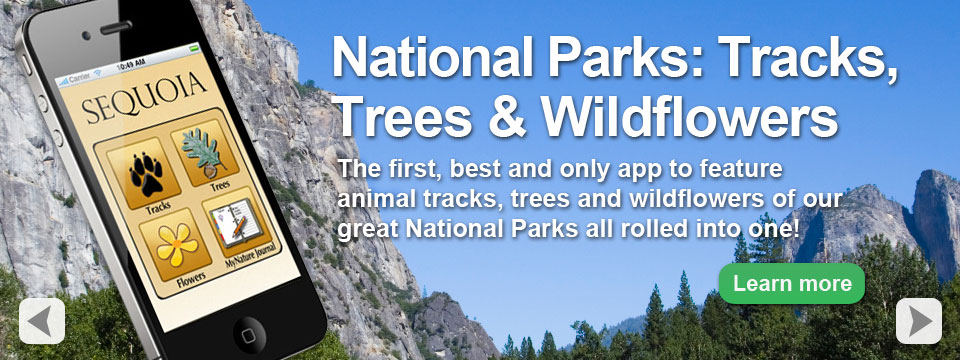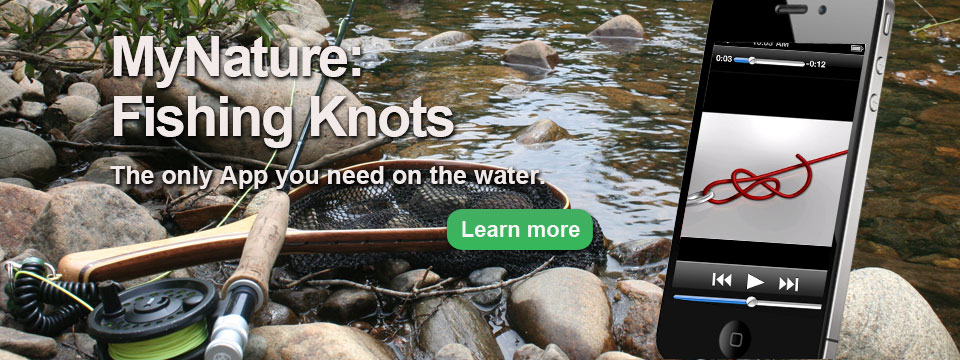 The Muskrat is one of the easiest animal tracks to identify if you know what to look for. Muskrats live in and around the water and leave their tell tail tracks and sign to let us know they are around.
The Muskrat is one of the easiest animal tracks to identify if you know what to look for. Muskrats live in and around the water and leave their tell tail tracks and sign to let us know they are around.
Muskrats have a long thick tail that drags behind them as they walk. The tail drag will show in mud or snow and is a sure give away of a Muskrats presence. Their front foot has four toes and will measure right around 1 1/2 inches long while their back foot measures 2 to 2 1/2 inches long and has five toes. Any time you see a set of tracks along a waterway with a thin line between them you can be pretty certain you found a Muskrat. 
Another tell tale sign of a Muskrat is their Scat. Muskrats deposit their scat on logs, stumps or rocks in or near the waters edge. You will always find them on an elevated surface. Their scat is pellet shaped when fresh but as it ages it begins to sort of melt together to form one large mass. Muskrats will often use the same site to deposit their scat in and you will find varying ages of scat like the ones in the picture above.
If you haven’t tried out the MyNature Animal Track app yet look us up on the Droid or iPhone we now have a free lite version. Not as good as the pro version but there is a demo in there to see what the full version contains.
Happy Tracking !!
























What Others Have to Say